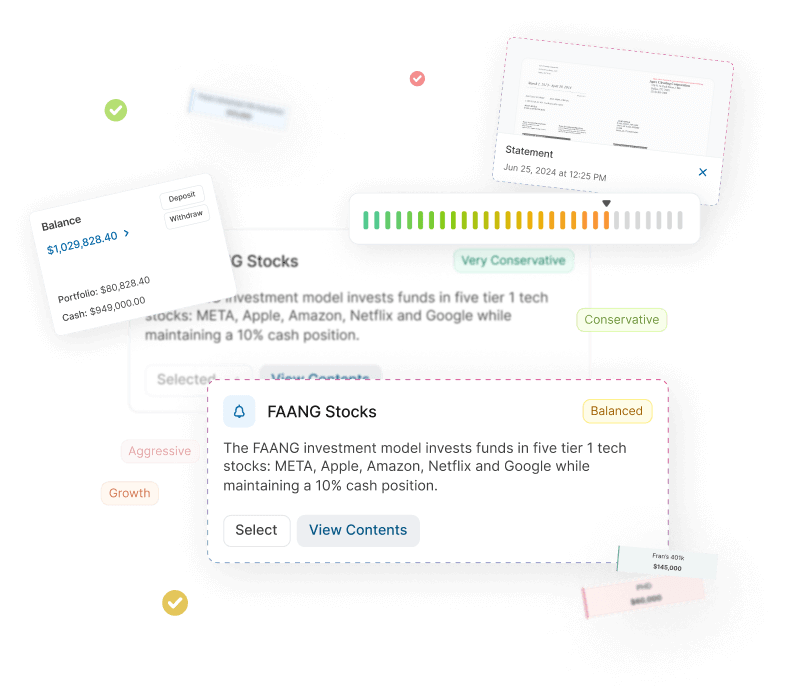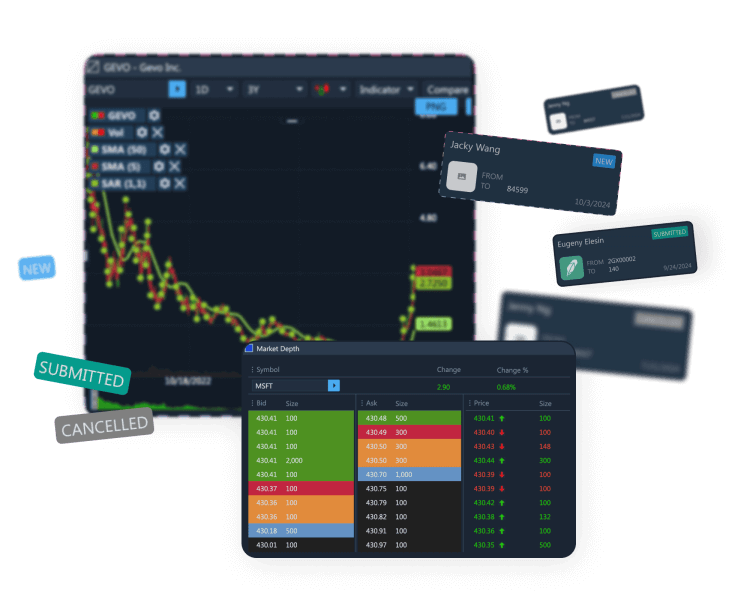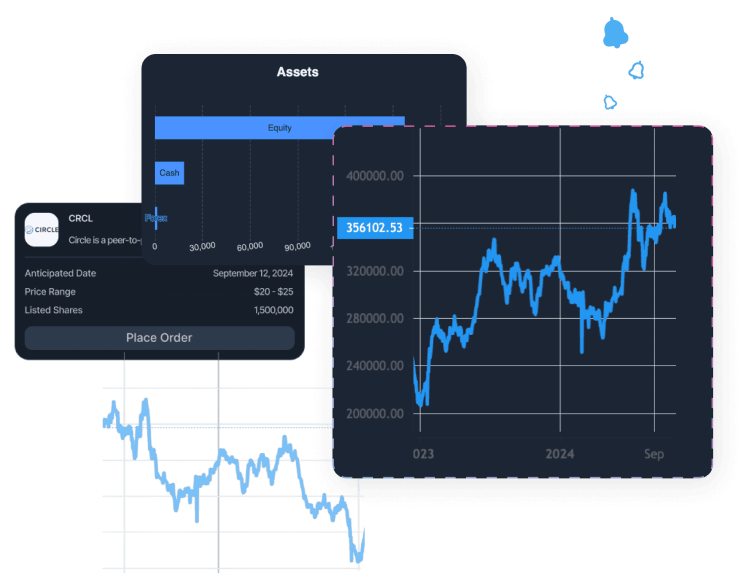
Broker-dealers in the US now have additional reporting duties with the recent release of the Consolidated Audit Trail or CAT for short. Whether your broker-dealership is large or small, you will be required to report your equity and option trades to what will become the world’s largest database of information on securities transactions. The CAT will become operational in phases. The first phase is already running with another four to come. Read on to find out more about the CAT, the release plan, and how you need to prepare and act.

The CAT is a central system that will receive, consolidate, and store lifecycle data for trades and orders for all National Market System (NMS) securities (listed equities and options) and over the counter (OTC) equity securities. As a broker-dealer and in parallel with self-regulatory organizations (SROs) like exchanges, broker-dealers will be required to send order lifecycle data nightly for each trading day. CAT will replace the Order Audit Trail System (“OATS”) and eliminate current OATS reporting exemptions.
Main changes:
Intended to enable regulators to track trades that are illegal or manipulative, the CAT will also help understand any large unexpected losses in trading value. The transition to CAT reporting has been broken down into five implementation phases:
To prepare for the consolidated audit trail (CAT) the Financial Industry Regulatory Authority (FINRA) created FINRA CAT to build the system. That was back in February 2019. The phases and timings were determined in conjunction with the SROs which formed the “CAT NMS” to define a plan for Consolidated Audit Trail implementation.
To get ready to report to the CAT you need to be certified as “production-ready” by FINRA CAT and then you can start reporting. But watch out – there must also be supervisory and monitoring procedures in operation to flag possible reporting issues and amend rejected events. The window for repairing rejections is short, less than 48 hours after you receive a notification.
What if your business is not yet ready to report? Audit your internal systems and identify which ones will be affected. Most likely they are:

If you are using a third party trading software solution, ask questions and make sure your technology vendor is ready to provide the necessary reports and data. Platforms like ETNA Trader have built in the tools that allow broker-dealers to self-report or export data to be used via 3rd party reporting vendors.
There is a little more room to maneuver due to the current health situation despite the deadline to start reporting was originally set by April 20, 2020. The Securities and Exchange Commission (SEC) moved this date out because of the COVID-19 pandemic, stating on March 17 that it would not enforce CAT implementation deadlines before May 20, 2020.
Essentially, the no-action relief from the SEC meant that SEC staff would not recommend enforcement action against SROs, if the SROs did not enforce the CAT NMS plan implementation schedule until May 20. In turn, the Operating Committee for the CAT NMS Plan stated that in the light of this relief, SROs responsible for enforcing CAT NMS plan schedule would not engage disciplinary action against their members for not starting their reporting to the CAT before May 20.
SROs also asked for the no-action relief granted by the SEC to be further extended for both the first phase and the second phase. On April 20, the SEC granted further extensions of reporting requirements, moving the date out this time to June 22 for the first phase (2A) and to July 20 for the second phase (2B).
Nevertheless, any respite will only be temporary. In the absence of any other information, broker-dealers should assume that they will need to be ready to begin reporting into the CAT production environment by June 22 at the latest. Given that the CAT production readiness testing and certification process should be undertaken 2 weeks before reporting begins, the deadline for this preliminary step is then June 8, but sooner is better.
Check that the order event data from your order management system is consistent with the files created for the CAT before sending the files. That means checking that the right CAT events are being generated and that fields are being populated correctly according to your business activity. ETNA Trader can help you do this by automating your reporting, converting order event data to data conforming to CAT specification, and creating and submitting the correct reports to FINRA CAT.
Contact ETNA to learn more about how we help online broker-dealers to prepare for CAT reporting.

Demo Financial Advisor Software
Manage portfolios with advanced rebalancing and real-time insights.
Access customizable client reports and streamlined compliance tools.
Designed for advisors seeking efficient client and portfolio management.


Demo Advanced Trading Platform
Test multi-asset strategies with real-time and historical data.
Analyze market depth, execute complex options, and algorithmic orders.
Ideal for refining strategies and risk management before live trading.


Demo Paper Trading Platform
Practice trading with virtual funds in real market conditions.
Simulate cash, margin, and day-trader accounts to gain experience.
Perfect for honing skills in a risk-free, customizable environment.

